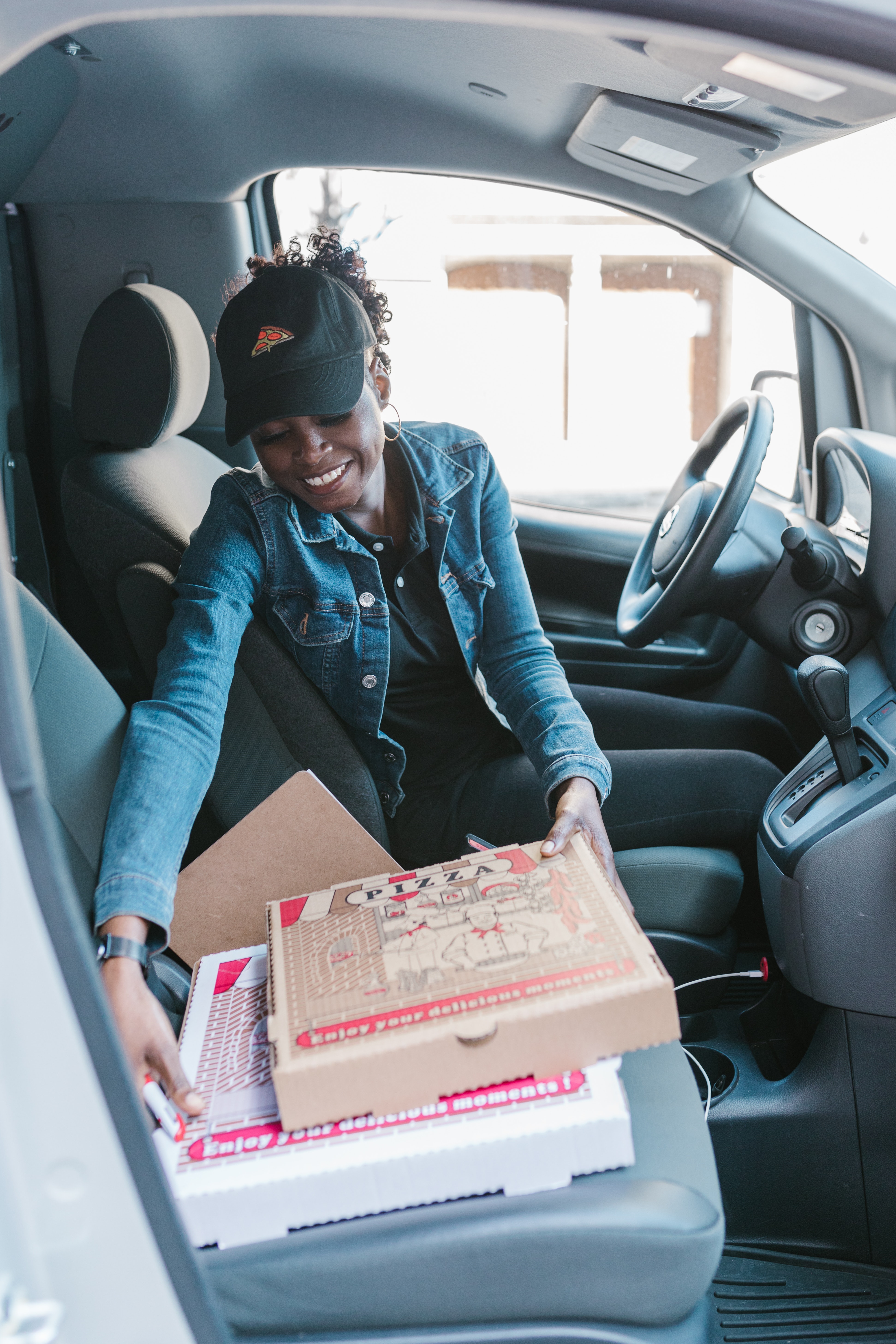
By
The summertime is always hot in North Central Texas, where Christopher Begley worked as a UPS driver for 27 years. But this summer was something different: on August 23, when the temperature in Farmersville hit 101, with a heat index of 108, Begley collapsed while he was delivering a package to a local business.
He went home early and asked for a few days off, but refused medical treatment (according to UPS); four days later, the father of two, who was looking forward to retiring soon, was dead.
Begley’s death, believed to be heat-related (the local medical examiner has yet to release an official cause of death), is the second of a North Central Texas UPS driver caused by high summer temperatures in as many years. Earlier this year in Dallas, a USPS letter carrier named Eugene Gates died while working on a 98-degree day in June.
As extreme heat becomes more and more frequent, heat-related injuries and deaths are becoming increasingly common for delivery people and other workers who labor outside of factories and farm fields — where the bulk of heat-related deaths of workers have historically occurred.
Inadequate cooling systems or a complete lack of a/c in delivery trucks is a big part of the problem. “Sometimes it reaches 135 degrees in the rear of the truck, and there’s no cooling system,” Raj Singh, an Amazon delivery driver in California, told Grist. “It feels like an oven when you step back there. You instantly start feeling woozy, and it’s gotten to the point where I’ve actually seen stars.”
As extreme heat becomes more and more frequent, heat-related injuries and deaths are becoming increasingly common.
Heat became a major issue in this summer’s contract negotiations between UPS and the Teamsters union, which represents its drivers, as the threat of a massive strike loomed. The union won an agreement from management to add air conditioning to all new vehicles purchased after January 1, 2024.
In the meantime, some vans are being outfitted with cooling fans. But workers who have a no-strike contract or aren’t protected by a union at all appear to have U.S. labor law on their side too: labor-climate organizer Keith Brower Brown recently noted on Twitter, “federal precedent says, even on union jobs with a contract with no-strike clauses (most), you can organize walkoffs against pressing health dangers.”
As Brower Brown noted, however, precedent is not any kind of guarantee against legal repercussions or blowback from management. There’s also the possibility that, even with organized action, an employer simply won’t do anything to address the problem — which is just what happened with Raj Singh and other drivers based out of Palmdale, California, who make deliveries for Amazon.
A group of 84 drivers voted to join the Teamsters Local 396 back in April, and the union was voluntarily recognized — but only by Battle Tested Strategies, the local logistics subcontract working for Amazon, not the delivery behemoth itself.
Unlike UPS, which employs its own drivers and owns its own fleet of trucks, the people who wear Amazon uniforms and drive Amazon trucks to deliver Amazon packages on Amazon’s aggressive timetables aren’t Amazon employees. It’s a labor strategy used to keep costs down, and gives the company plausible deniability when workplace issues like concerns over extreme heat come up.
The freshly unionized Palmdale drivers asked for $30 an hour and cool, safe trucks to work in. The owner of Battle Tested Strategies said he wanted to include Amazon in negotiations, but the union-busting company has done nothing of the sort. Instead, Amazon terminated its contract with Battle Tested Strategies in June, citing “poor performance.”
The Palmdale drivers have been picketing Amazon warehouses ever since, and have filed an unfair labor practices complaint with the National Labor Relations Board, stating that the BTS contract was terminated in retaliation for their vote to unionize.


